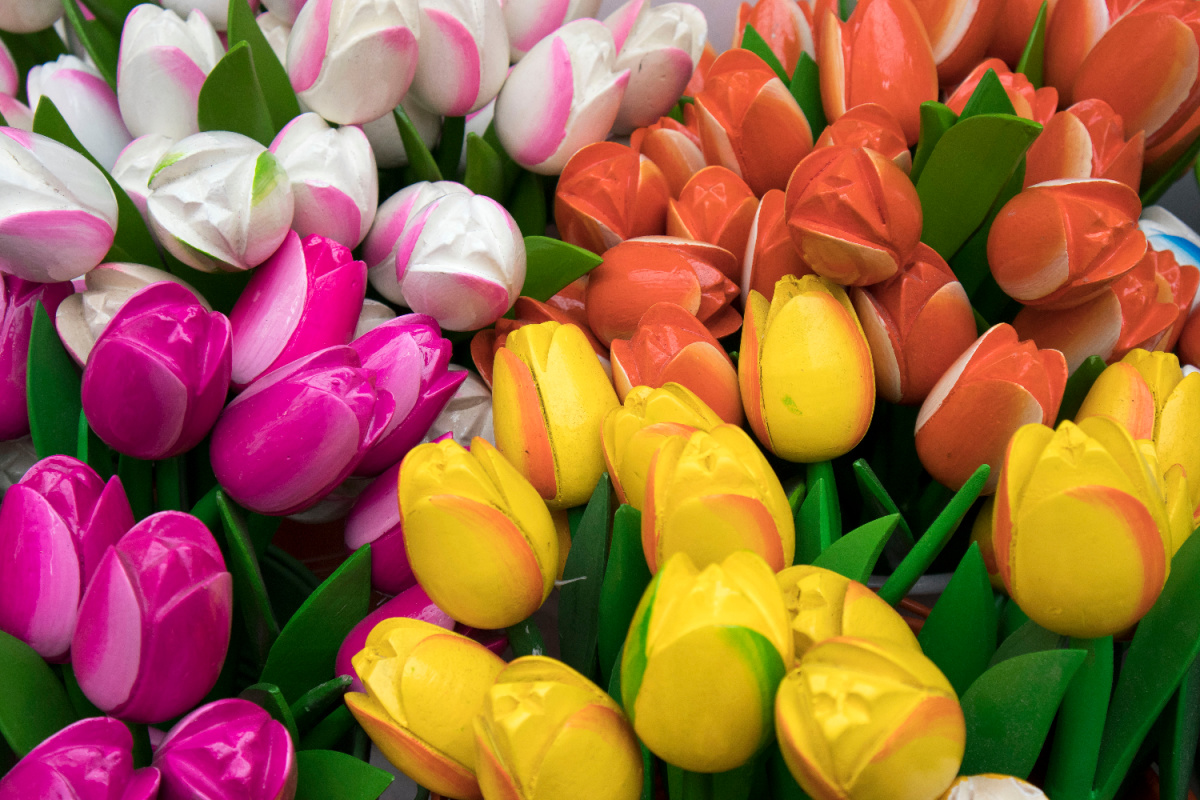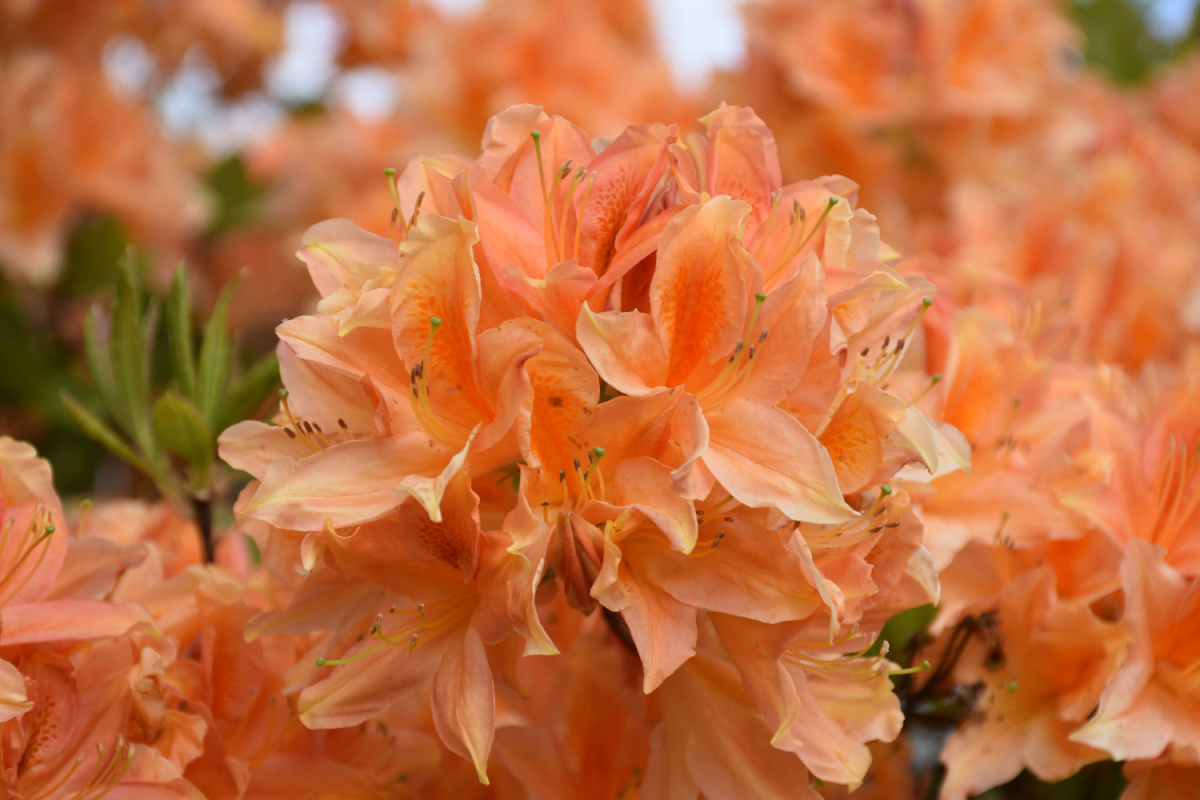Easter is the perfect time to surprise a loved one with a beautiful bouquet. This is due in part to the fact that it heralds the arrival of spring and the wonderful flowers it brings.
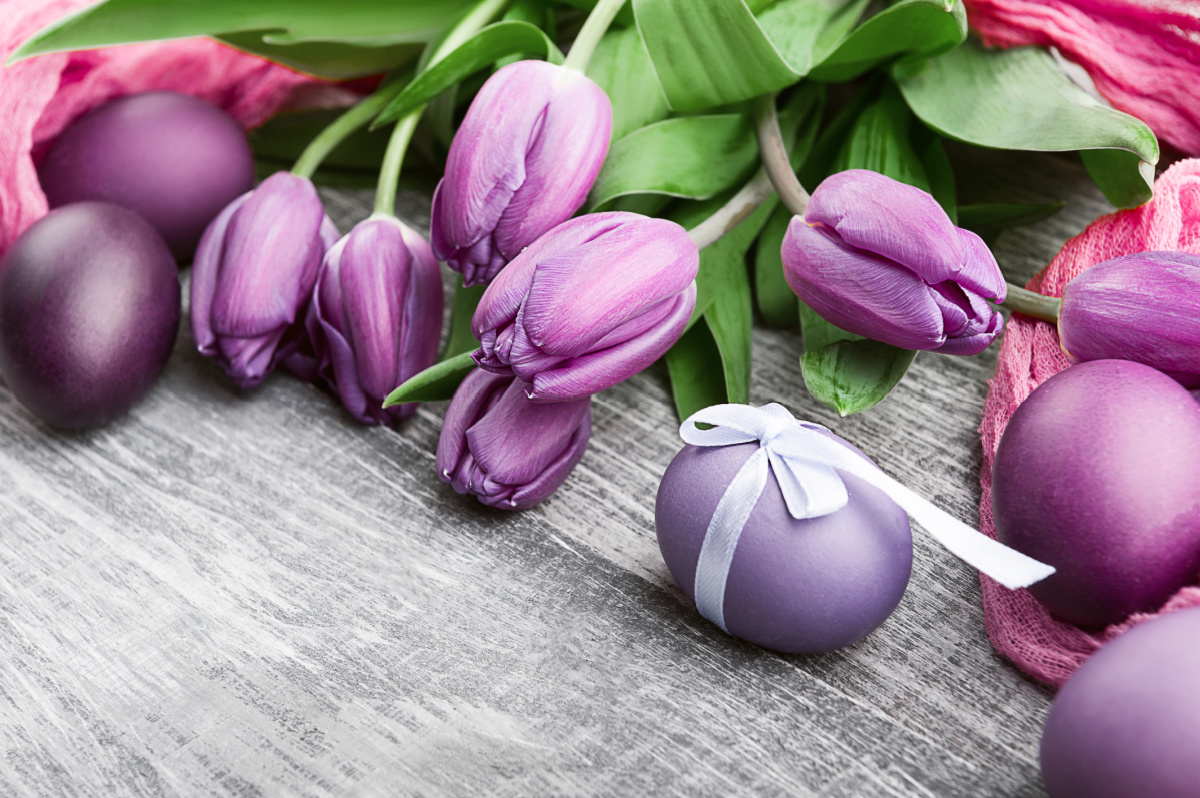
If you’re thinking about giving someone Easter flowers, read our guide for some inspiration when it comes to the particular blooms you can choose at this time of year.
Tulips
Tulips might have a long association with the Netherlands, but they’re also an incredibly popular flower for both growing and giving. One of the great things about tulips is the sheer number of varieties and colors you can choose from, meaning it should be easy to create the perfect bouquet incorporating the recipient’s favorite shade, although yellow would be particularly good for Easter.
Tulips are a popular spring flower and are often associated with Easter and the coming of spring. This helps make them one of the most popular Easter flowers. They are a symbol of love, passion, and rebirth. In addition to their symbolic value, tulips are also popular for their beauty and versatility.
Tulips are also a popular cut flower and can be used in floral arrangements or as a single stem in a vase. They are often used in weddings and other special events. Tulips can also be forced to bloom indoors during the winter, making them a popular coveted choice for indoor gardening.
Since they are easy to grow, their bright, colorful blooms make them a popular choice for springtime celebrations and floral arrangements. Tulips are ideal for the festival as they’re easily available in March and April thanks to their adaptability to the climate – so you can rest assured that you’re giving a flower that’s in season.
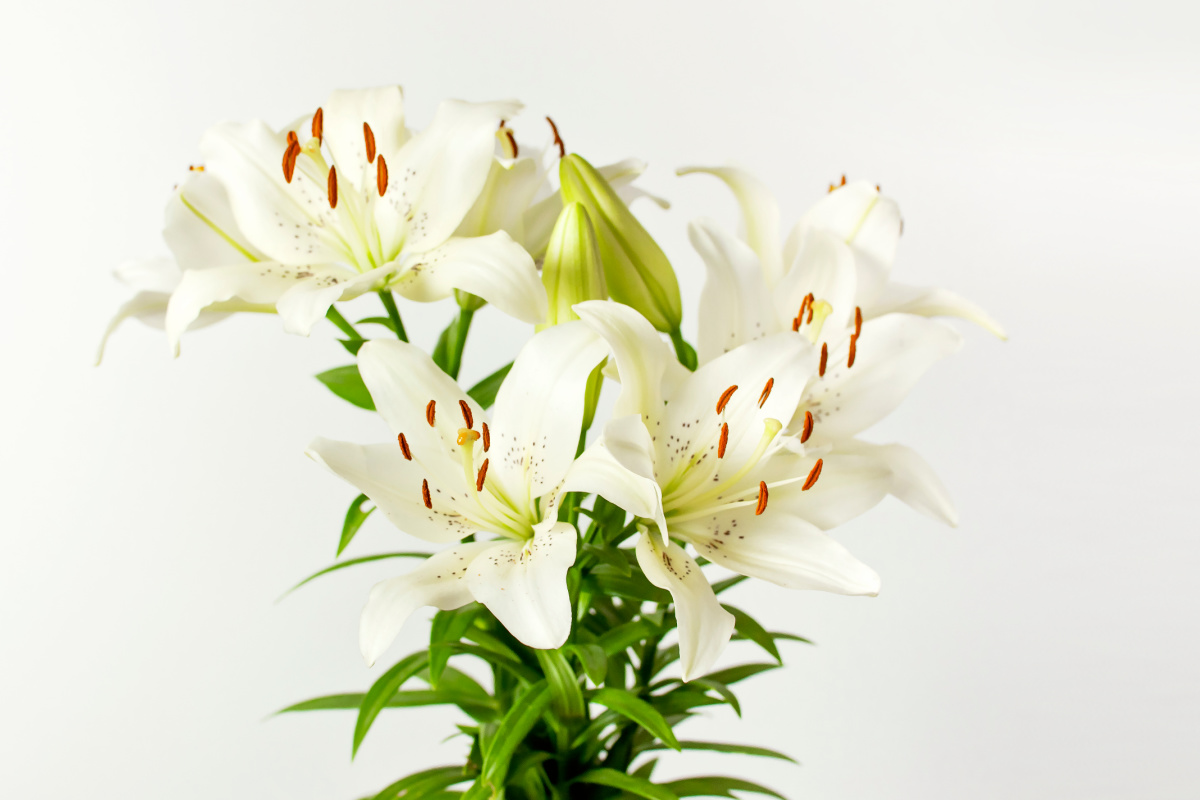
Lilies
A classic choice, lilies are perfect for impressing someone with elegant and sophisticated tastes. They’re also traditionally associated with Easter, conveying a message of hope in the process.
Easter lilies are perhaps the most well-known Easter flowers. These white trumpet-shaped flowers symbolize purity, innocence, and the resurrection of Jesus. They are often used to decorate churches, homes, and Easter baskets.
White lilies are the best option if you want to go for something understated – plus, there’s the fact that they’ll match pretty much any color scheme, making them ideal for all types of Easter-themed decor.
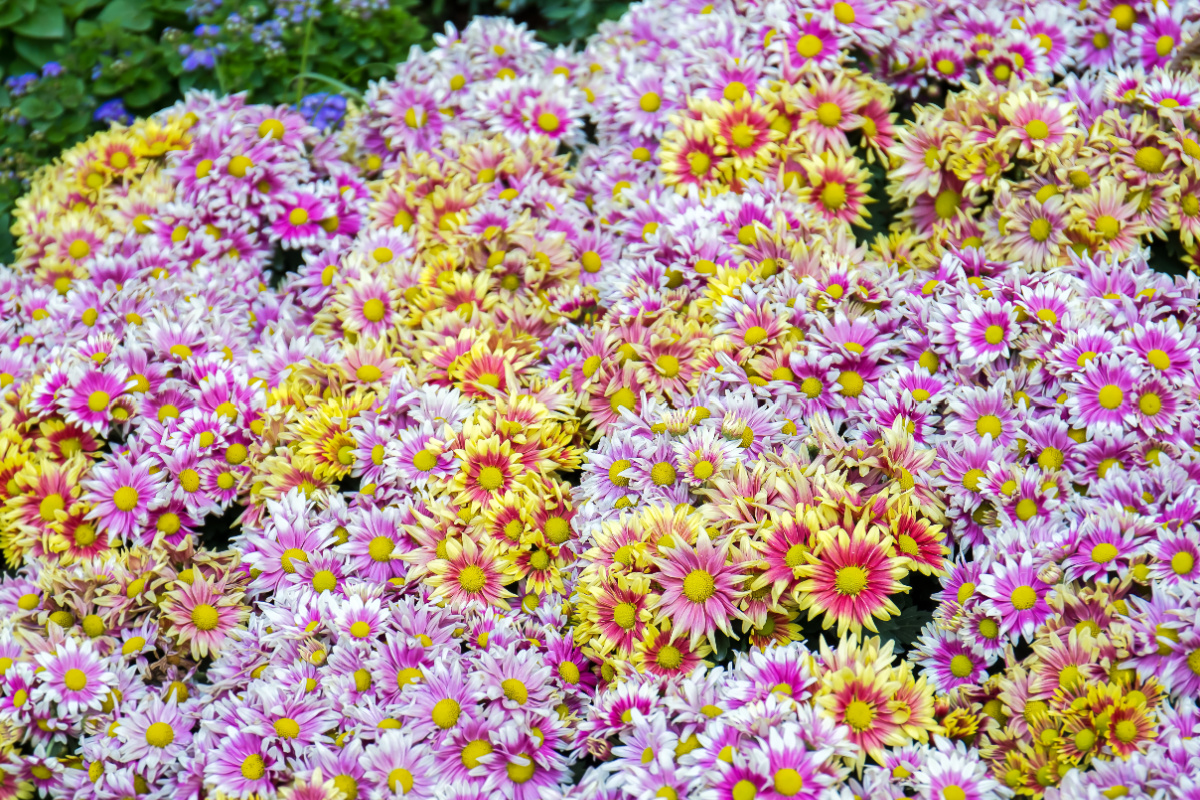
Chrysanthemums
Originally yellow and grown in China, chrysanthemums are now cultivated all over the world in a host of colors. They also come in a variety of shapes and sizes, and are in season throughout the spring and summer into the early autumn.
You can choose from single-color bouquets or mixed bunches that really have that wow factor if you want to truly impress at Easter. Consider combining white and yellow chrysanthemums to properly suit the occasion.
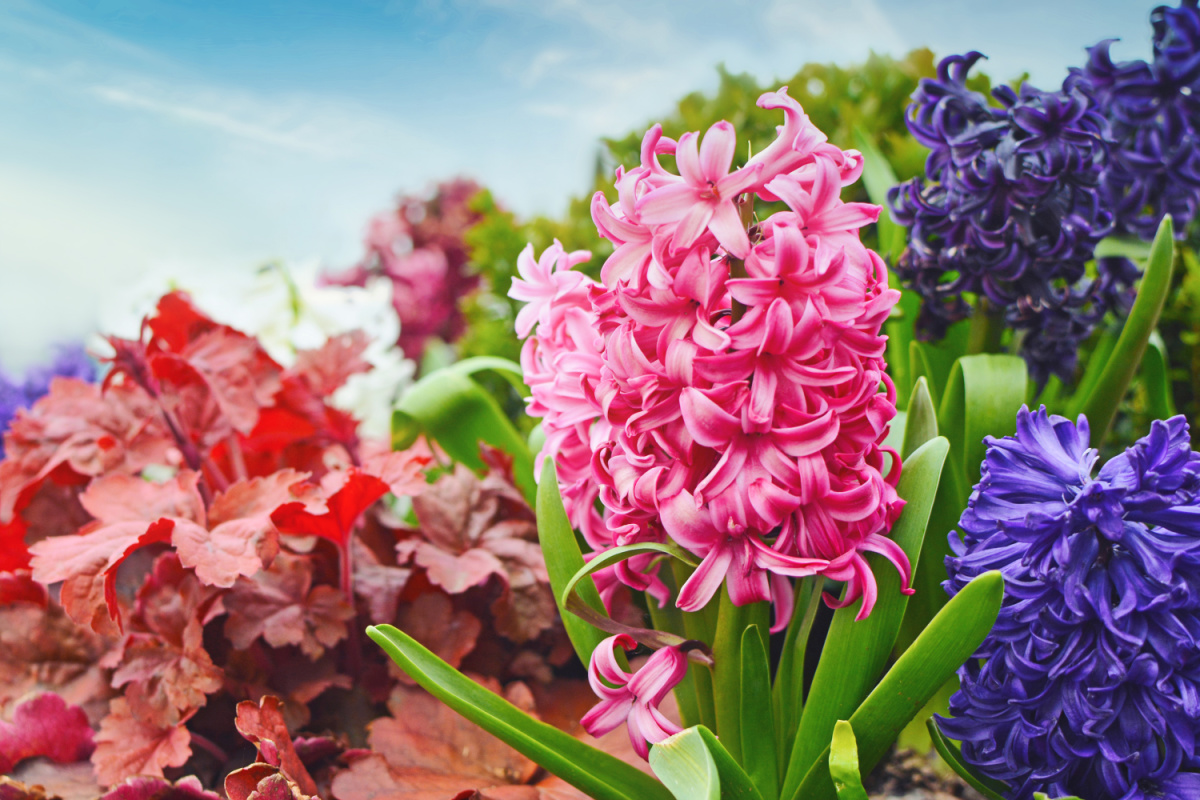
Hyacinths
These delicate-looking blooms are perfect for Easter bouquets that are a little bit different to the norm. Blue, white and pink/coral shades are most common, but you can also get hyacinths in a range of other colors.
Hyacinths are bulbous plants native to the eastern Mediterranean and Asia Minor. They are known for their fragrant, bell-shaped flowers that bloom in clusters on tall stalks in the spring. The flowers come in a range of colors including pink, purple, blue, white, and yellow.
Hyacinths have been cultivated for thousands of years and have a rich history. In Greek mythology, the god Apollo created the hyacinth from the blood of his lover Hyacinthus, who had been accidentally killed by a discus. The flower is also associated with rebirth and renewal, making it a popular choice for springtime celebrations such as Easter.
In addition to their ornamental value, hyacinths are also used in perfumes and aromatherapy due to their sweet fragrance.
You can buy stunning mixed hyacinth bouquets, or pair the flower with another variety to create a bit more interest. For example, they would be ideal with tulips in a contrasting color.

Daffodils
Daffodils are a type of bulbous plant that belongs to the Amaryllis family. They are native to Europe and North Africa, but are now widely grown throughout the world. Daffodils are known for their bright yellow or white trumpet-shaped flowers and green, grass-like leaves.
Daffodils are a popular spring flower and are often associated with Easter and the coming of spring. They are a symbol of rebirth, renewal, and new beginnings. In addition to their symbolic value, daffodils are also popular for their beauty and fragrance.
Daffodils are also a popular cut flower and can be used in floral arrangements or as a single stem in a vase. However, it’s important to note that daffodils exude a toxic sap that can be harmful to other flowers, so they should not be arranged with other flowers unless they are soaked in water for 24 hours prior to arranging.
Overall, daffodils are a beautiful and cheerful addition to any garden or floral arrangement. They are easy to grow, and their bright blooms and sweet fragrance make them a popular choice for springtime celebrations.
Azaleas
Azaleas are actually a type of flowering shrub rather than a standalone flower, but they’re still incredibly pretty and ideal as a long-lasting Easter gift. The flowering shrubs are known for their vibrant, trumpet-shaped flowers that come in a range of colors, including pink, red, purple, white, and orange.
Azaleas are often used in landscaping and as specimen plants in gardens. They are also popular in bonsai and can be trained to grow in a variety of shapes and styles. In addition to their ornamental value, azaleas have a number of cultural and symbolic meanings.
In many cultures, azaleas are associated with femininity and grace. In some Asian cultures, azaleas are considered a symbol of wealth and abundance, while in other cultures, they are associated with love, passion, and romance. In the language of flowers, azaleas are said to represent temperance, fragility, and gratitude.
While azaleas are a beautiful and popular ornamental plant that can add color and interest to any garden or landscape, they are susceptible to a number of pests and diseases. It’s important to keep an eye out for any signs of damage or distress. They have a number of cultural and symbolic meanings, and their vibrant flowers and easy-to-care-for nature make them a popular choice for many gardeners.
If you and/or the recipient find yourselves especially taken with the azaleas you choose, consider paying a visit to Kew Gardens in the late spring. The site is home to an Azalea Garden that blooms into spectacular color during the warmer months and really is a sight to behold!
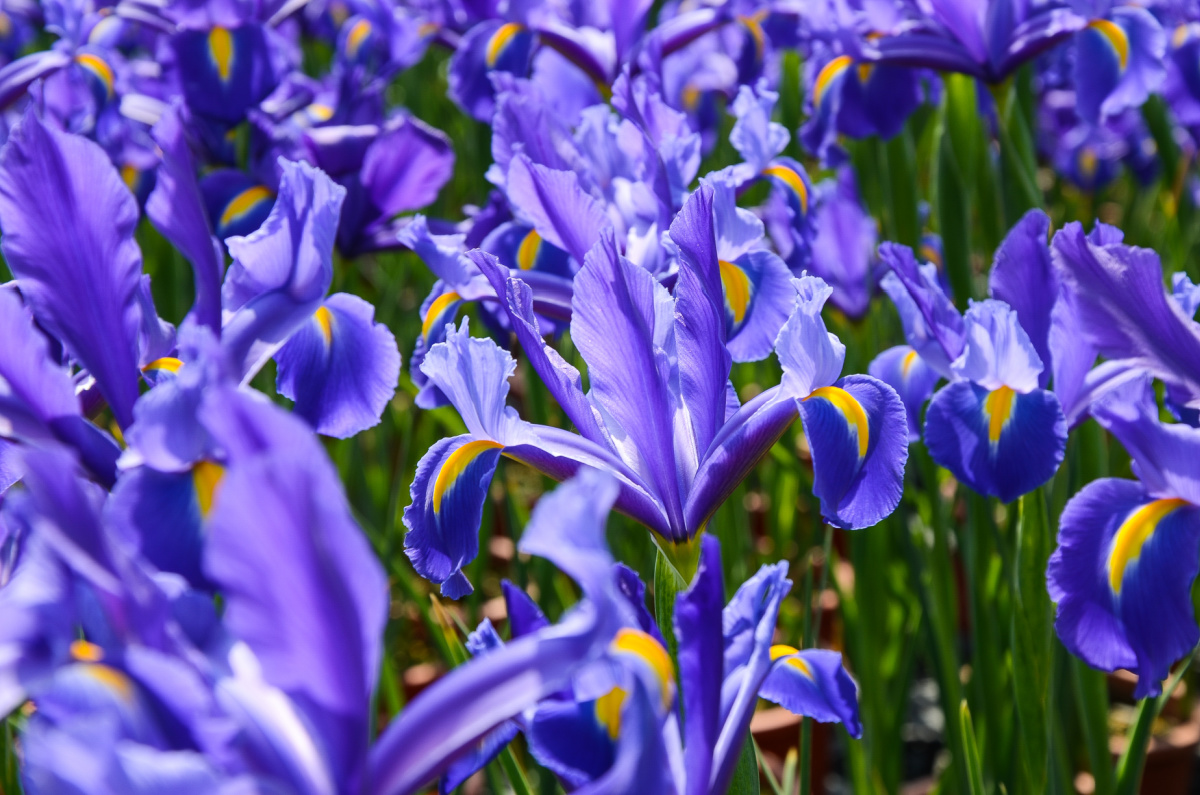
Irises
Irises are known for their showy, sword-shaped leaves and elegant, six-petaled flowers that come in a variety of colors, including blue, purple, yellow, pink, white, and bi-colored. They’re a popular Easter flower because of their symbolic meaning of hope and faith.
They are a popular garden plant and are often used in borders, rock gardens, and water gardens. They are also used in floral arrangements and as cut flowers. In addition to their ornamental value, irises have a rich history and are associated with many myths and legends.
In Greek mythology, Iris was the goddess of the rainbow and a messenger of the gods. She was often depicted with wings and a caduceus, and was said to travel on a rainbow. The iris flower was named after her and is often associated with the colors of the rainbow.
Irises are also often used in perfumes and cosmetics due to their sweet fragrance.
The Iris flower has a rich history and is associated with several myths and legends, making them a fascinating plant to grow and appreciate. They’re a a beautiful and elegant addition to any garden or floral arrangement.
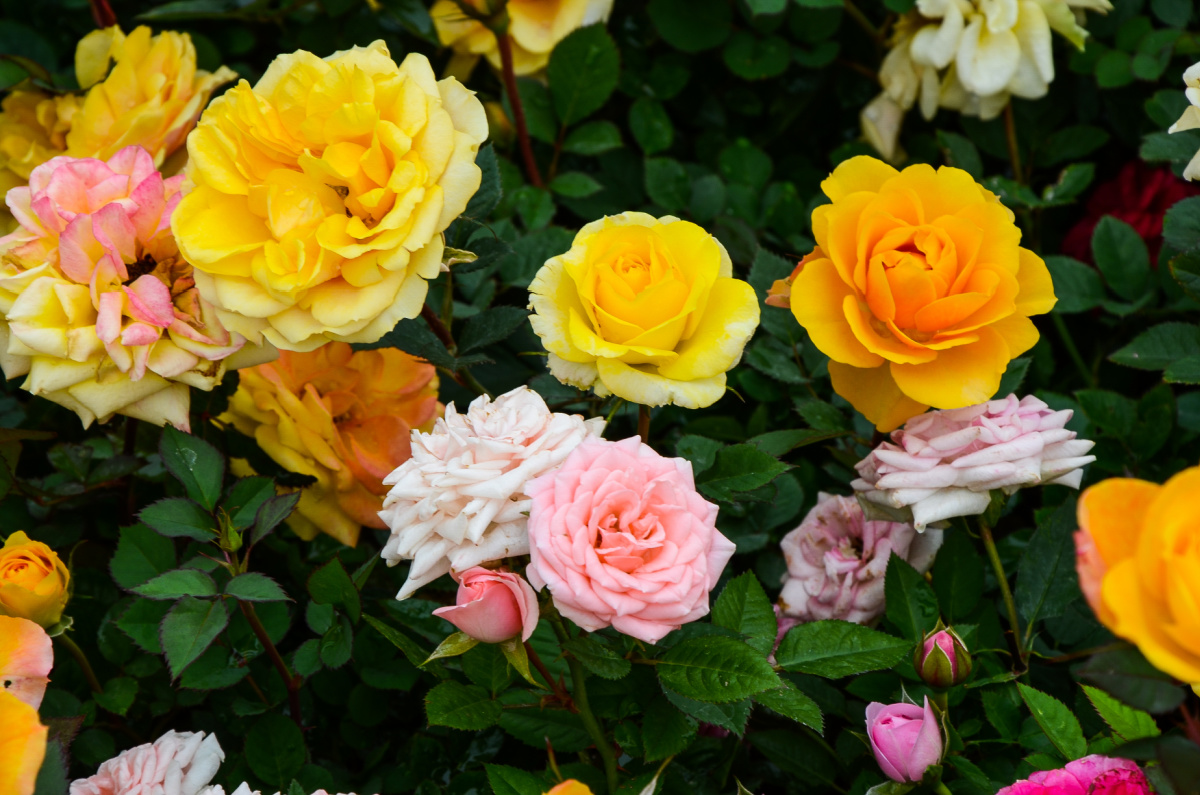
Roses
Roses might have a more romantic connotation than most other flowers, but choose varieties in white or yellow and you have the ideal Easter bouquet! They’re fantastic as a luxurious gift for someone really special, or as an impressive centerpiece for that all-important Easter lunch.
Again, you can combine roses with other varieties in similar Easter-themed colors to create an amazing bunch of flowers. You can’t go wrong with an all-rose bouquet if you can’t decide, however!

